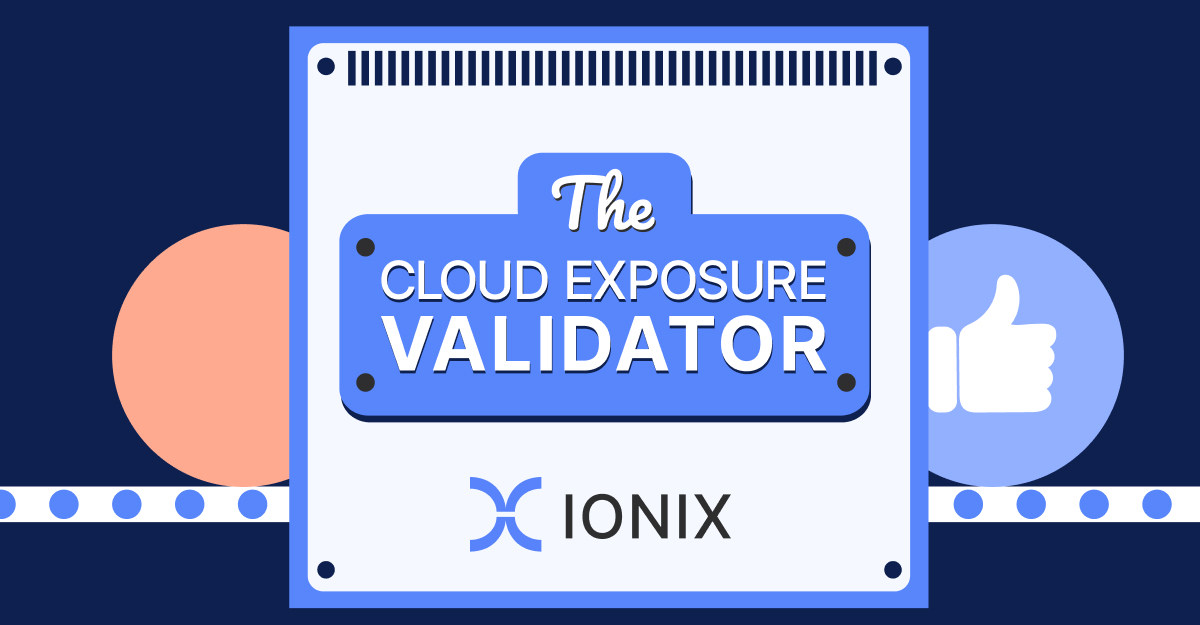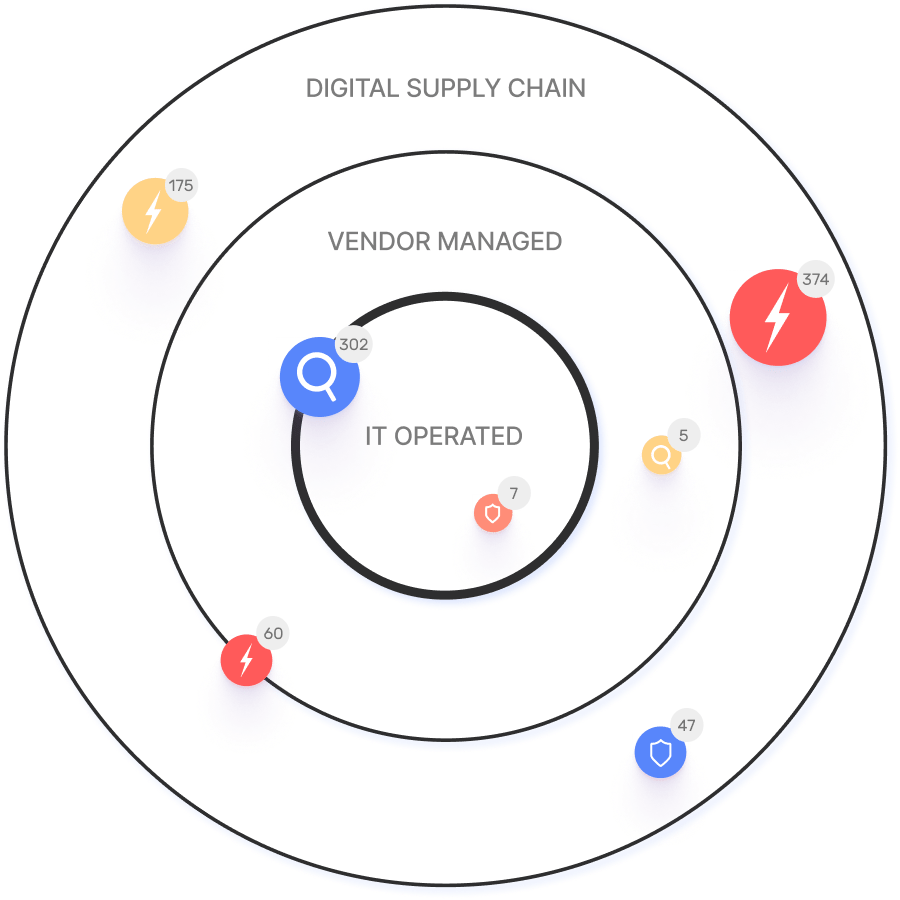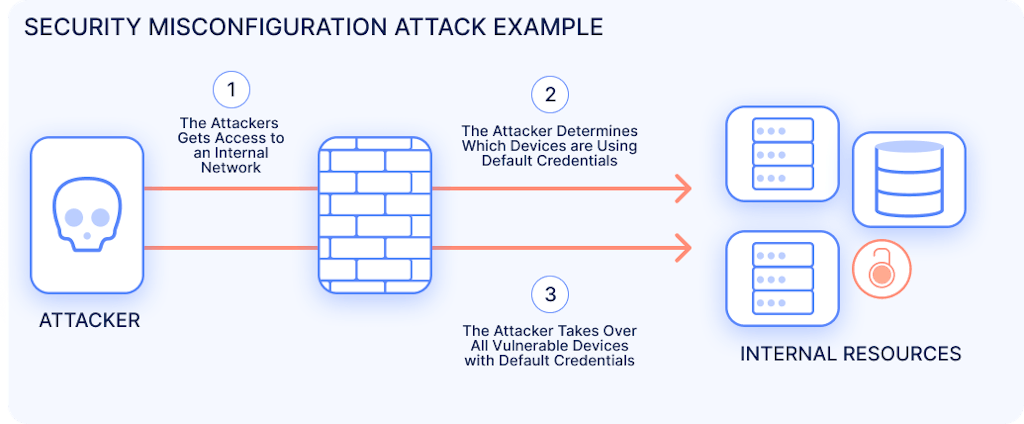Frequently Asked Questions
Security Misconfiguration & OWASP Top 10
What is security misconfiguration in web applications?
Security misconfiguration occurs when an application or system is inadequately hardened or improperly configured, leaving it vulnerable to attacks. Examples include using default passwords, enabling unnecessary features, or exposing excessive information in error messages. These vulnerabilities can be exploited by attackers to gain unauthorized access, cause data leaks, or disrupt services. Learn more in our guide on security misconfiguration.
What are some examples of security misconfiguration vulnerabilities?
Examples include:
- Default or hardcoded passwords left unchanged
- Unnecessary features enabled that expand the attack surface
- Excessive information in error messages and stack traces
- Directory listing enabled on web servers
- Failure to patch systems with known vulnerabilities
These can lead to account takeover, vulnerability exploitation, and sensitive data leakage.
What risks can security misconfigurations lead to?
Security misconfigurations can result in unauthorized access, data leaks, system downtime, Denial of Service (DoS) attacks, and misuse of an application’s functionality. These risks are heightened in cloud environments and microservices architectures due to increased complexity and attack surface.
How can organizations remediate security misconfiguration vulnerabilities?
Best practices include:
- Defining hardening processes to disable default accounts and implement access controls
- Disabling unnecessary features to reduce the attack surface
- Implementing segmentation to isolate environments
- Automating configuration management to monitor for insecure settings
Regular audits and proactive monitoring are essential for maintaining secure configurations.
Can you provide a real-world example of a security misconfiguration incident?
In 2021, Microsoft Power Apps had insecure default settings that exposed user data. Over 1,000 web apps were impacted, and an estimated 38 million user records—including Social Security Numbers and COVID-19 vaccination status—were exposed. This incident highlights the importance of secure default configurations and regular audits.
IONIX Platform Features & Capabilities
What is IONIX and what does it do?
IONIX is an External Exposure Management platform designed to identify exposed assets and validate exploitable vulnerabilities from an attacker's perspective. It enables security teams to prioritize critical remediation activities by cutting through the flood of alerts. Key features include complete attack surface visibility, identification of potential exposed assets, validation of exposed assets at risk, and prioritization of issues by severity and context. Learn more.
What features does IONIX offer for managing attack surface risk?
IONIX offers Attack Surface Discovery, Risk Assessment, Risk Prioritization, and Risk Remediation. The platform discovers all that matters, monitors your changing attack surface, and ensures more assets are covered with less noise. It also provides ML-based 'Connective Intelligence' for better asset discovery and Threat Exposure Radar for prioritizing critical issues. Learn more.
How does IONIX help organizations address security misconfiguration vulnerabilities?
IONIX helps organizations manage the risk of security misconfigurations and other OWASP Top Ten vulnerabilities via proactive attack simulation. During risk assessments, the platform checks for common errors such as default accounts and unpatched systems, reporting results to the security team for remediation. Book a demo to learn more.
What integrations does IONIX support?
IONIX integrates with tools like Jira, ServiceNow, Slack, Splunk, Microsoft Sentinel, Palo Alto Cortex/Demisto, and AWS services such as AWS Control Tower, AWS PrivateLink, and Pre-trained Amazon SageMaker Models. For more details, visit IONIX Integrations.
Does IONIX offer an API for integrations?
Yes, IONIX has an API that supports integrations with major platforms like Jira, ServiceNow, Splunk, Cortex XSOAR, and more. For more details, visit IONIX Integrations.
Use Cases & Customer Success
Who can benefit from using IONIX?
IONIX is tailored for Information Security and Cybersecurity VPs, C-level executives, IT managers, and security managers across industries, including Fortune 500 companies. Industries represented in case studies include Insurance and Financial Services, Energy, Critical Infrastructure, IT and Technology, and Healthcare.
Can you share specific case studies or customer success stories?
Yes. E.ON used IONIX to continuously discover and inventory their internet-facing assets and external connections, improving risk management (read more). Warner Music Group boosted operational efficiency and aligned security operations with business goals (learn more). Grand Canyon Education enhanced security measures by proactively discovering and remediating vulnerabilities (details).
What business impact can customers expect from using IONIX?
Customers can expect improved risk management, operational efficiency, cost savings, and enhanced security posture. IONIX helps visualize and prioritize hundreds of attack surface threats, streamline security operations with actionable insights, and reduce mean time to resolution (MTTR). For more details, visit this page.
Technical Requirements & Implementation
How long does it take to implement IONIX and how easy is it to start?
Getting started with IONIX is simple and efficient. The initial deployment takes about a week and requires only one person to implement and scan the entire network. Customers have access to onboarding resources like guides, tutorials, webinars, and a dedicated Technical Support Team. Learn more.
What training and technical support is available for IONIX customers?
IONIX offers streamlined onboarding resources such as guides, tutorials, webinars, and a dedicated Technical Support Team to assist customers during implementation. Customers are assigned a dedicated account manager and benefit from regular review meetings. For more details, visit this page.
What technical documentation does IONIX provide?
IONIX provides technical documentation including guides, datasheets, and case studies available on their resources page. Explore these materials at IONIX Resources.
Security & Compliance
What security and compliance certifications does IONIX have?
IONIX is SOC2 compliant and supports companies with their NIS-2 and DORA compliance, ensuring robust security measures and regulatory alignment.
How does IONIX ensure product security and compliance?
IONIX maintains SOC2 compliance and supports organizations in meeting NIS-2 and DORA regulatory requirements. The platform is designed with robust security controls and processes to protect customer data and ensure regulatory alignment.
Competition & Differentiation
How does IONIX differ from similar products in the market?
IONIX stands out for its ML-based 'Connective Intelligence' that discovers more assets with fewer false positives, Threat Exposure Radar for prioritizing critical issues, and comprehensive digital supply chain coverage. Unlike alternatives, IONIX reduces noise, validates risks, and provides actionable insights for maximum risk reduction and operational efficiency. Learn more.
Why should a customer choose IONIX over other solutions?
Customers should choose IONIX for better asset discovery, focused threat exposure, comprehensive digital supply chain coverage, and streamlined remediation. IONIX offers immediate time-to-value, personalized demos, and proven outcomes through real-world case studies. Learn more.
Guides & Resources
Where can I find guides and resources from IONIX?
IONIX provides comprehensive guides, datasheets, and case studies on cybersecurity topics, tools, and frameworks. Visit the Guides page and Resources page for more information.
What topics are covered in the IONIX Guides section?
The IONIX Guides section covers Automated Security Control Assessment (ASCA), web application security, exposure management, vulnerability assessments, the OWASP Top 10, CIS Controls, and attack surface management. Each guide includes detailed articles, methodologies, and actionable advice. Explore the guides at https://www.ionix.io/guides/.
Company & Customer Proof
Who are some of IONIX's customers?
IONIX's customers include Infosys, Warner Music Group, The Telegraph, E.ON, Grand Canyon Education, and a Fortune 500 Insurance Company. For more details, visit IONIX Customers.
What industry recognition has IONIX received?
IONIX was named a leader in the Innovation and Product categories of the ASM Leadership Compass for completeness of product vision and a customer-oriented, cutting-edge approach to ASM (source). The company also won the Winter 2023 Digital Innovator Award from Intellyx and secured Series A funding to accelerate growth.





